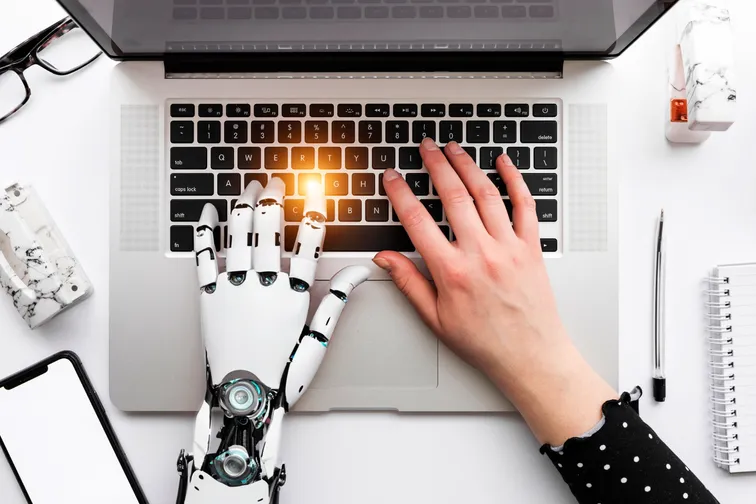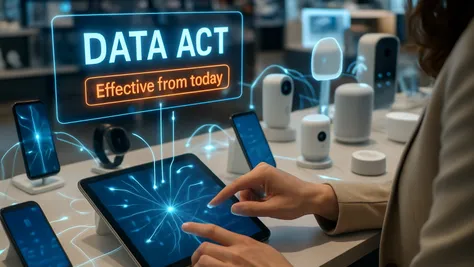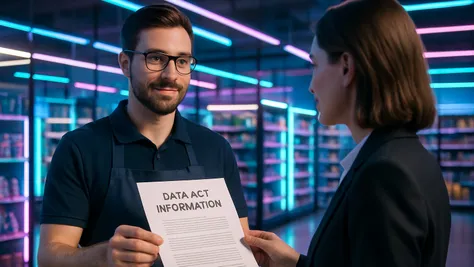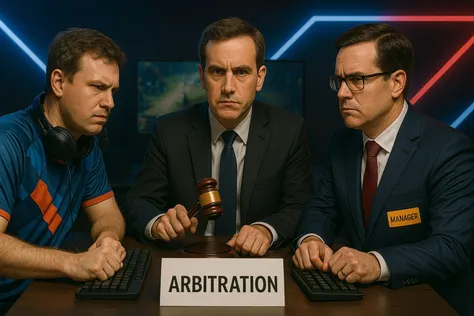Artificial intelligence (AI) is currently experiencing an unprecedented boom - from arguably the most famous chatbot ChatGPT to image generators such as Midjourney and DALL-E. With the increasing use of AI tools by the general public, as well as entrepreneurs and businesses, fundamental questions arise about what rights the user actually has to the AI outputs and how these can(not) be handled. Let's take a look at some rules related to working with outputs generated by the most popular AI tools and the practical pitfalls associated therewith.
Today's generative AI tools offer a variety of ways to generate content, opening up a range of new possibilities in many industries, from the more creative and "free" ones like marketing to more conservative fields like law.
In this respect, there seems to be a common belief that anyone can freely use content generated by AI tools without such use posing a fundamental problem. But is this really the case?
Approaches of individual providers
AI tool providers take different approaches to this issue. OpenAI's Terms of Use[1] for ChatGPT are in principle very clear - any input provided to ChatGPT and any output generated by ChatGPT belongs to the user, which means that the output can be used for any purpose (including commercial). DALL-E, an image generator also developed by OpenAI, is based on the same principle.
The Terms give OpenAI the right to use all inputs and outputs to improve its services (i.e., primarily ChatGPT), but there is also an opt-out mechanism, i.e. the option to “unsubscribe” from this regime. OpenAI is also working on a new fee-based service called ChatGPT Business, which, according to the company, will be set up so that user data (inputs) will not be used to improve ChatGPT.
On the other hand, Microsoft's AI chatbot Bing, which also uses OpenAI's GPT-4 technology, has a surprisingly stricter regime. Under its Terms of Use, Microsoft (and its affiliated companies and partners) may, in principle, freely use[2] (copy, distribute, disseminate, publicly display, etc.) the user’s input and output and may "transfer" these rights to any online service provider.
In contrast to OpenAI, it is clear that Microsoft has, at least on paper[3], a stronger position in relation to the use of user inputs/outputs. In addition, Microsoft explicitly states in its Terms that the user may use Bing-generated outputs for non-commercial purposes only. The same applies to the AI image generators Midjourney and Stable Diffusion. In other words, the commercial use of Bing-generated outputs carries a potential risk of sanctions from Microsoft. This is the case even when the user's input represents his/her own copyrighted work - by using the service, the user contractually waives his/her right to commercial use of the output (given the nature of copyright it is, however, questionable to what extent such a prohibition would be legally enforceable in the Czech Republic).
What about a third-party content?
The possibilities of exploiting the AI-generated content (output) depend not only on the terms of the service provider, but also on the rights to an input that the user uploads to an AI tool.
If the input is the user’s work, there is generally no problem.[4] The use of a third-party work (e.g., pictures from a photo library or a famous song) is more complicated. In such a case, in order to process the work through AI tools, and thus to use the output created on the basis of this work, it is usually necessary to obtain the appropriate authorisation/permission from the relevant rightsholder (i.e., in particular to process, reproduce, or even distribute the original work). The absence of such a consent, except in certain situations provided for in the copyright law (in particular fair/personal use concepts), could constitute an infringement of the exclusive rights to the underlying work.[5]
In practice, this means that if you want to use tools like DALL-E to create a new image for your website or blog post using, for example, an image from the Internet as an input, you must obtain an appropriate licence for that image that allows you to create and use derivative works.[6] Thus, the claim that "any input and any access generated belongs to its user" is not entirely accurate. The licence that applies to the original image may not automatically apply to the new (derived) image - this should always be checked in advance.
Conclusion
AI tools and their underlying inputs need to be handled with care. While tools developed by OpenAI are inherently more user-friendly and restrict user rights to inputs and outputs only marginally, tools such as Bing’s chatbot have a more restrictive approach. Remember that the potential commercial use of outputs generated by AI tools based on third party content may be limited and, without the necessary permissions, may expose users to significant legal risk, in particular infringement claims.
If you are using any of the above (or other) tools in practice, we recommend that you define the scope of your use case as precisely as possible and classify the different types of protected or unprotected content that you will be using when working with AI tools. At the same time, you should be aware of the legal issues involved and, in particular, ensure the proper use of AI tools (especially in the context of content work) by employees by adopting relevant internal policies. When using AI tools for business purposes, we recommend that you always consider the business model of a business-focused AI provider (as publicly available versions are limited by the above-mentioned).
If you are considering using AI tools in your business, do not hesitate to contact us - we know what steps need to be taken and are ready to discuss everything to help you find an effective and practical solution.
- [1] – OpenAI is the company behind the development of ChatGPT, as well as the image generation tool DALL-E.
- [2] – However, Microsoft does not claim ownership of inputs or outputs.
- [3] – Unfortunately, it is not possible to say for sure how and to what extent technology companies handle the data.
- [4] – If you are the author of a copyrighted work that you provide as an input when using an AI tool, you will in principle always be the author of the output (unless the terms of the relevant tool operator state otherwise and if the output can be considered a copyrighted work). In this context, an appropriate analogy is to perceive AI tools as technical tools that help an individual create a derivative work.
- [5] – On the other hand, the answer to the question of who "owns" the output that was created without using another copyrighted work is somewhat more complicated, see our previous blog post: https://www.havelpartners.blog/jsou-dila-vytvorena-umelou-inteligenci-skutecne-umeleckymi-dily.
- [6] – For example, in the context of photobanks, images are often licensed under Creative Commons licences, some of which also apply to derivative works and to commercial uses of those works.







